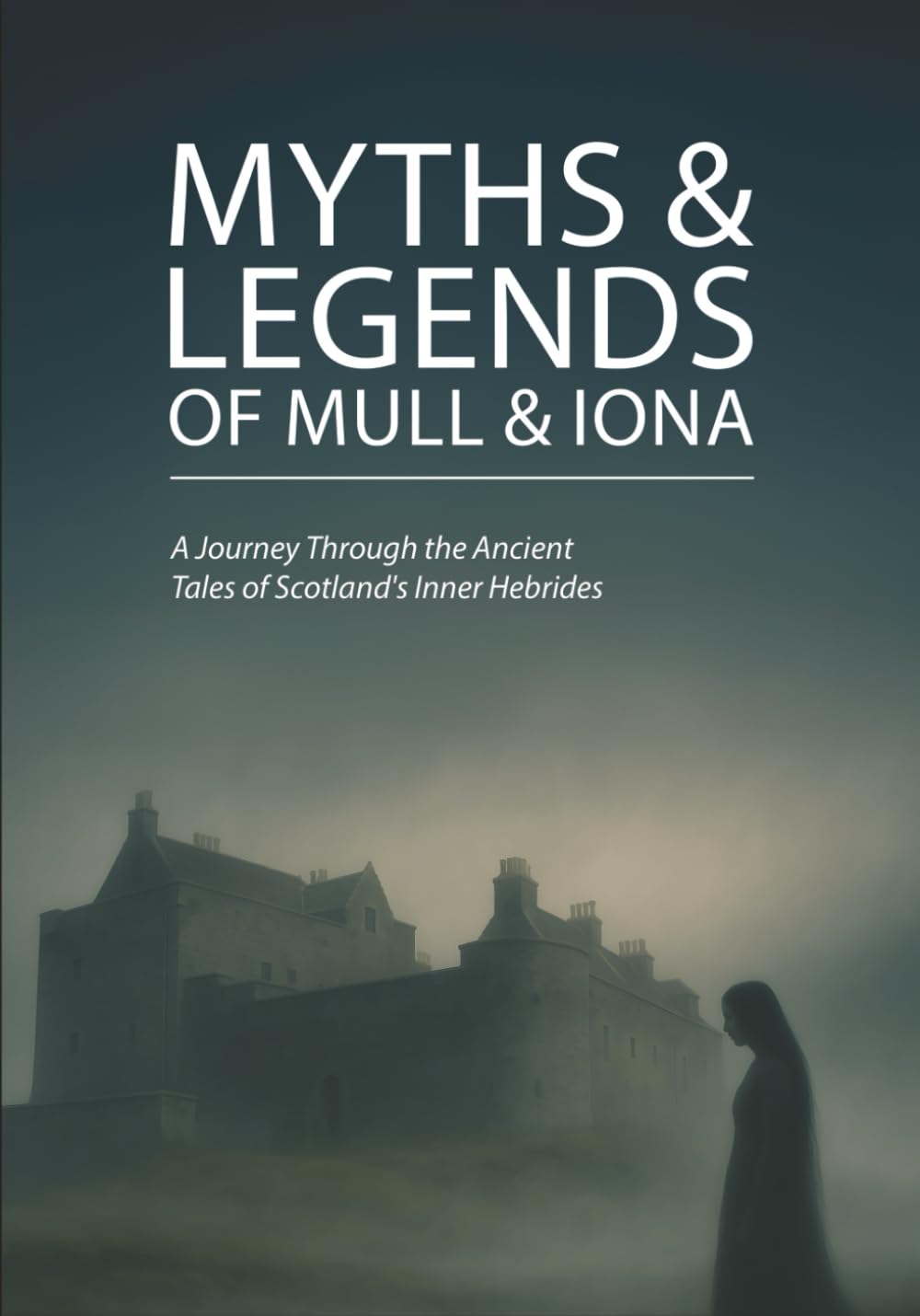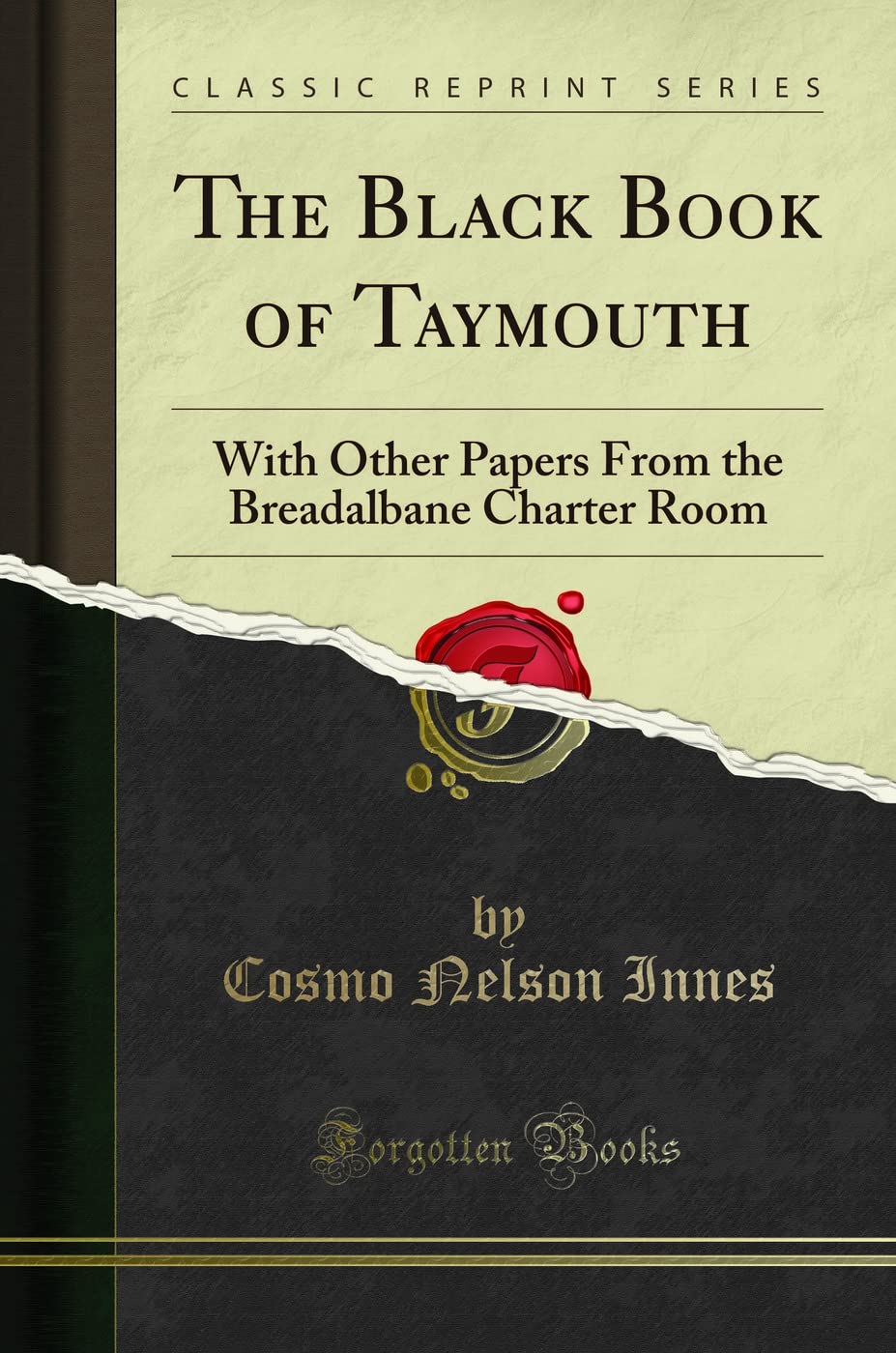Introduction
In the shifting waters between the Isle of Mull and Lismore lies a jagged skerry known as Lady’s Rock. To passing vessels, it is marked as a navigational hazard. To those who know its past, it is a place where a murder failed. This is the true tale of a planned execution by sea, a survivor whose silence spoke volumes, and the legacy left in the waves between two of Scotland’s most powerful clans — the Macleans and the Campbells.
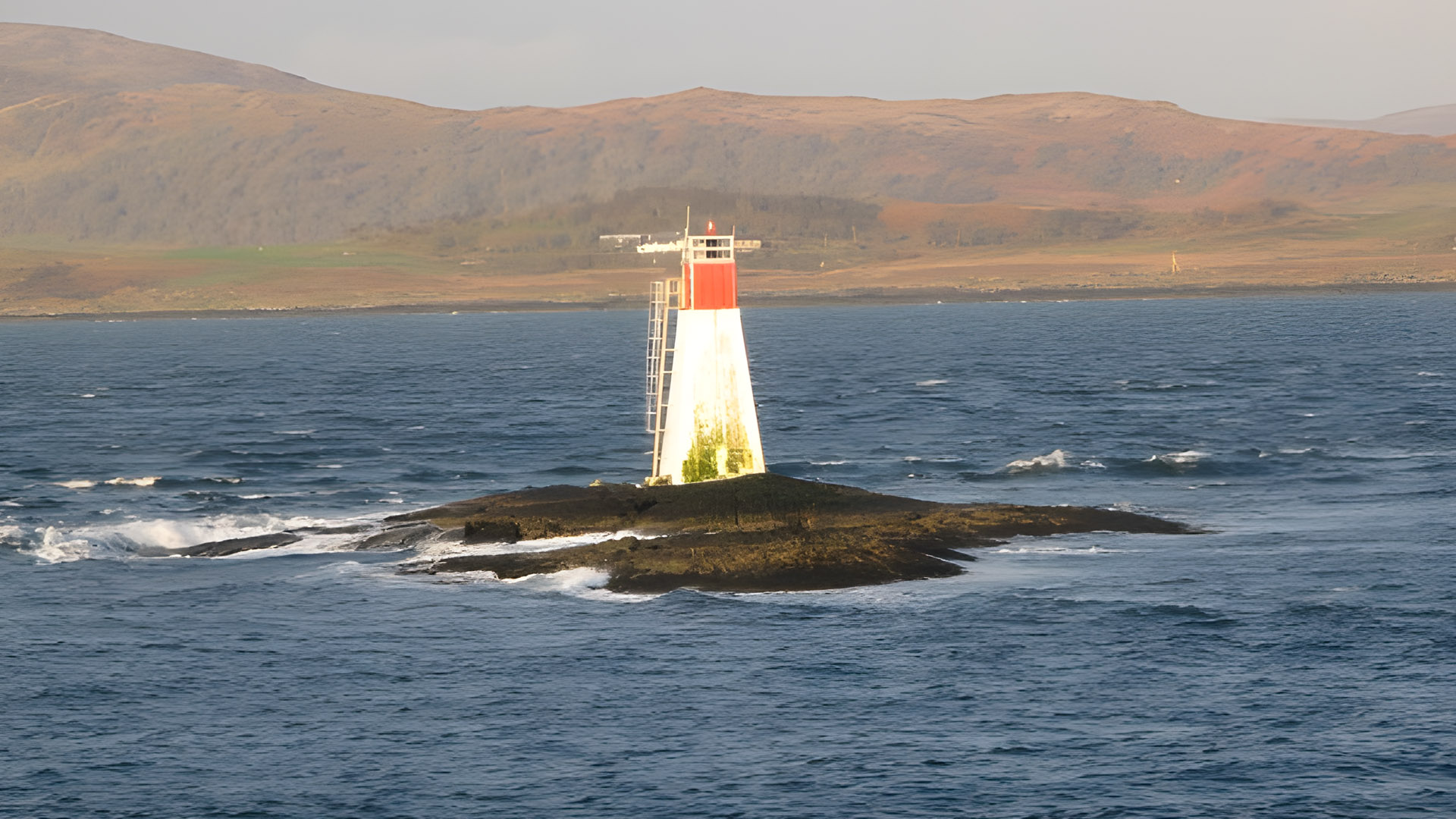
Callum Black / Lady’s Rock
1. A Dangerous Outcrop in the Sound
Lady’s Rock sits southeast of the island of Lismore, fully exposed at low tide and submerged at high. Today it bears a navigational beacon maintained by the Northern Lighthouse Board, warning mariners to steer clear. To the southwest, the towers of Duart Castle rise on the headland of Mull, keeping silent vigil over the waters. This stretch of sea — narrow, tidal, and filled with undercurrents — has long been respected by local sailors and feared by the unwary.
2. Clans in Conflict: The Macleans of Duart and the Campbells of Argyll
The 16th century was an age of Gaelic nobility, coastal raiding, strategic marriages, and dangerous truces. The Macleans were the ruling family on Mull, holding Duart Castle and controlling shipping routes through the Hebridean straits. The Campbells of Argyll, powerful stewards of mainland Scotland, were ascending in both politics and influence. Their interests overlapped in trade and military reach — sometimes united by marriage, often divided by suspicion.
When Lachlan Cattanach Maclean of Duart, eleventh chief of his clan, married Lady Catherine Campbell, sister to the Earl of Argyll, it was a union meant to quiet rivalries. But beneath its political usefulness, tensions festered. Lachlan was known for fierce temper and ruthlessness. Some accounts from later generations describe physical abuse or emotional cruelty. Others suggest Catherine herself was no passive victim. Either way, the marriage was unstable, and one party sought a deadly resolution.
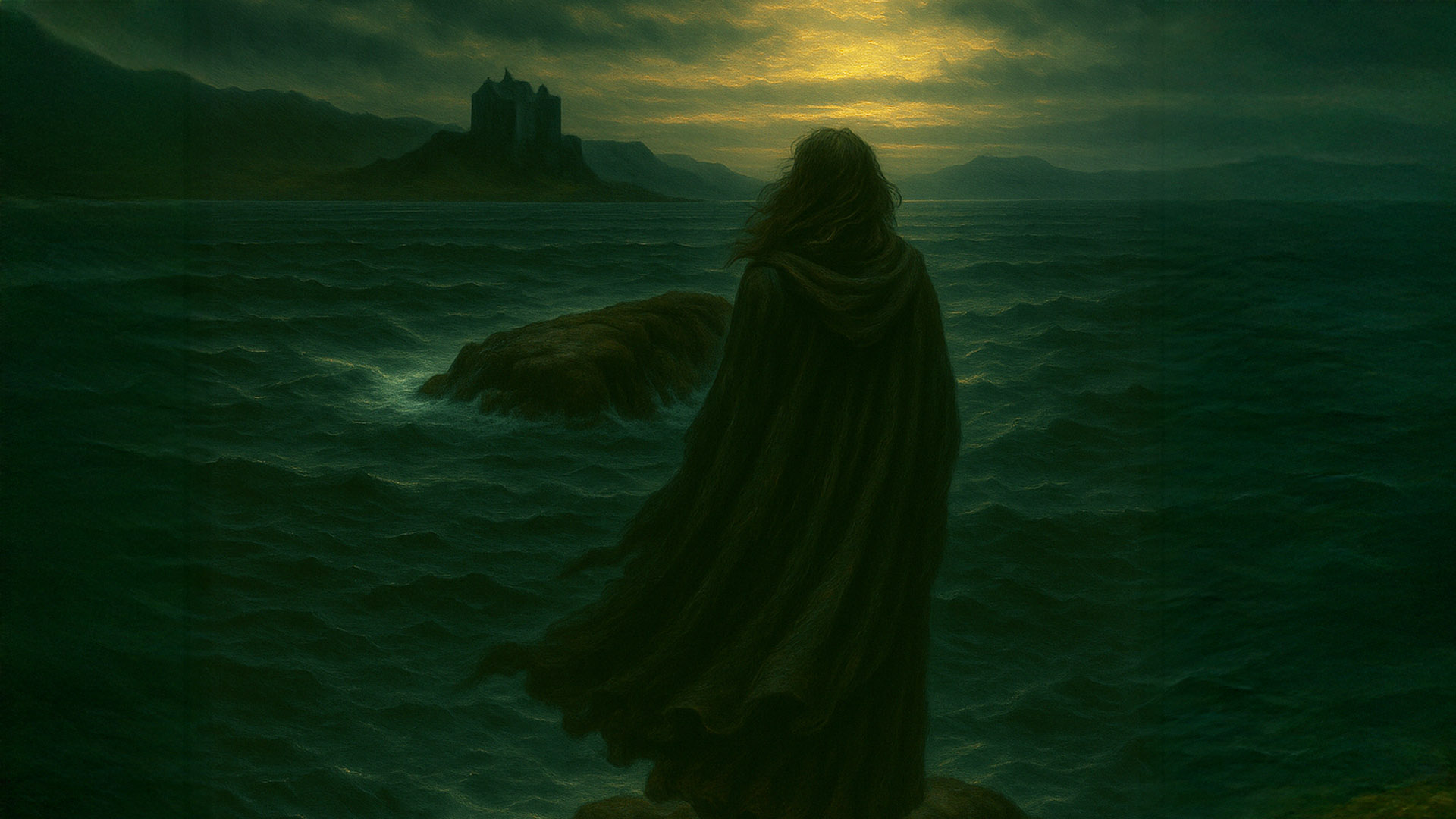
3. The Abandonment on the Rock
Sometime in 1527, Maclean took his wife out to sea and left her on Lady’s Rock as the tide receded. The exact time of year is lost, but tradition holds it was a calm night. At low tide, the skerry is exposed for several hours before the sea rises again. Alone, with no food, water, or means of calling for help, Lady Catherine was expected to drown when the tide returned. There were no witnesses reported — only the tide chart, the man who rowed her there, and the intentions he tried to conceal.

4. Rescue and Revelation
By morning, Maclean scanned the rock from Duart Castle and saw nothing. Assuming his plan had succeeded, he sent riders to Inveraray to inform the Campbells of Catherine’s “accidental” death. According to tradition, the Earl of Argyll received the message but said nothing. When Lachlan traveled to offer condolences and claim grief, he was welcomed into Inveraray Castle’s great hall — where Lady Catherine sat alive at the head of the table. She had been rescued during the night, either by a passing ship or by fishermen under secret orders from her brother.
5. The Death of Lachlan Maclean
Two years after the failed murder, in 1529, Lachlan Maclean was killed in Edinburgh. He was stabbed in his bed, reportedly at the order of Catherine’s brother, the Earl of Argyll. No official charges were ever brought. His death passed into historical record quietly. But among the Campbells, it was seen as justice. Among the Macleans, it was a warning about alliance with Argyll.
6. The Legend Grows
The story of Lady’s Rock spread across the Hebrides. Gaelic poets turned it into verse. Campfire tales told of the abandoned lady raising her shawl to the moon. Children in Lismore whispered that her voice could still be heard in the wind. At Duart, the tale was suppressed in official histories for a time but never forgotten.
Step into a world where ancient legends breathe and history whispers from every stone. This enchanting book invites you on a captivating journey through the heart of Scotland's Inner Hebrides, a land steeped in magic and timeless tales.
7. Variations and Alternative Theories
Not all versions of the story agree on the details. Some say Catherine was placed on the rock fully aware that help was waiting nearby. Others believe that Maclean did not intend her death but meant only to frighten her. A few 19th-century romantic histories suggest the whole affair was fabricated by the Campbells to justify revenge. Yet contemporary clan records confirm an attempted murder and retribution in kind. The consistency of location, individuals, and consequence lends weight to the traditional version.

8. Duart Castle’s Place in the Tale
Standing on a promontory overlooking the rock, Duart Castle holds more than strategic views — it anchors the narrative. Restored in the 20th century, the castle is now open to the public, and its walls bear plaques and displays referencing the infamous rock across the water. Visitors stand on the ramparts and see what Lachlan may have seen that morning — a rising tide, a vanishing figure, and the illusion of success.
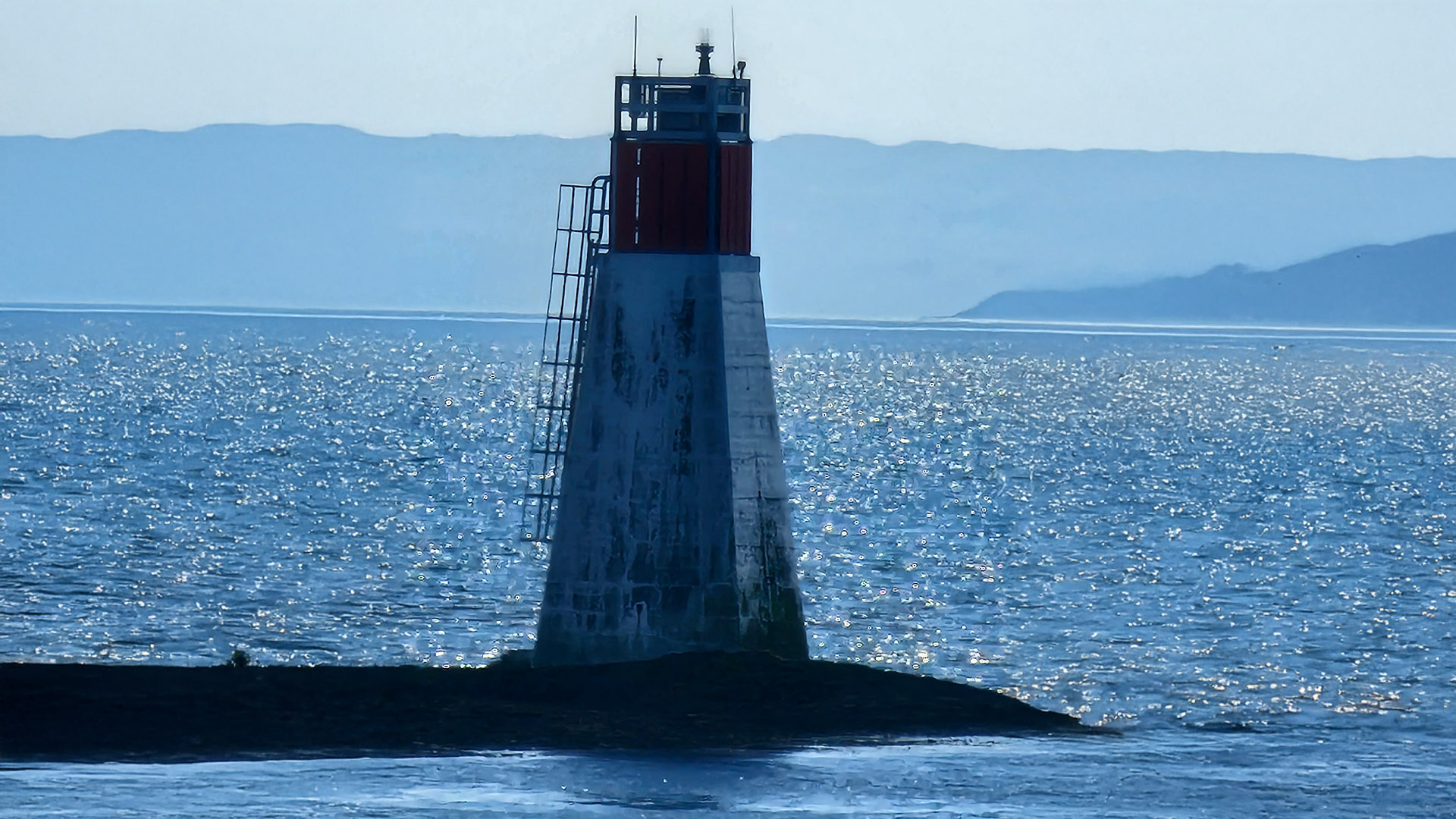
9. The Navigational Beacon and Modern Use
In the 20th century, the Northern Lighthouse Board erected a beacon atop Lady’s Rock. It is automated and solar-powered, visible at night and charted on all marine maps of the Sound. While it serves a practical function, its presence atop a place of attempted murder is jarring. From certain angles, the beacon seems less a warning to sailors than a vigil for a woman who did not drown.
10. Cultural Legacy and Symbolism
Lady’s Rock has endured as more than a footnote in clan history. It represents survival, defiance, and the power of place in Scottish storytelling. For the Campbells, it affirms justice and endurance. For the Macleans, it marks a cautionary tale of ambition turned inward. In Scottish tourism, it’s often mentioned as a scenic curiosity — but to those who study its past, it remains a stone of significance and shadow.
11. A Place of Memory
Boats that pass through the sound sometimes linger by Lady’s Rock. Guides may lower their voices and point quietly. Photographers come at low tide to capture its stark isolation. On windless days, the rock is almost pretty, ringed by kelp and sea birds. On stormy ones, it’s a silhouette against the whitecaps — bare and unyielding. It is the kind of place where a person can feel history even if they do not know its details.
With Other Papers from the Breadalbane Charter Room (Classic Reprint) Paperback – 21 April 2018.
by Cosmo Nelson Innes (Author)
12. Historical Sources
The tale appears in several documented sources, including:
- The Black Book of Taymouth
- Campbell family genealogies compiled in the seventeenth century
- Later references in Sir Walter Scott’s notes and Highland travelogues
- Nineteenth-century gazetteers of Argyll and the Hebrides
- Modern publications on Scottish clan warfare and feuds
Final Thought
The sea forgets little, and the land even less. Lady’s Rock may not bear a plaque or monument, but it holds a chapter of Scotland’s past just the same. It stands as a warning, a survival story, and a rare moment when a woman escaped death by tide and bore silent witness to the reckoning that followed. The next time the waters fall away and the skerry shows its face, remember what it once carried — not just stone, but justice denied and reclaimed.

